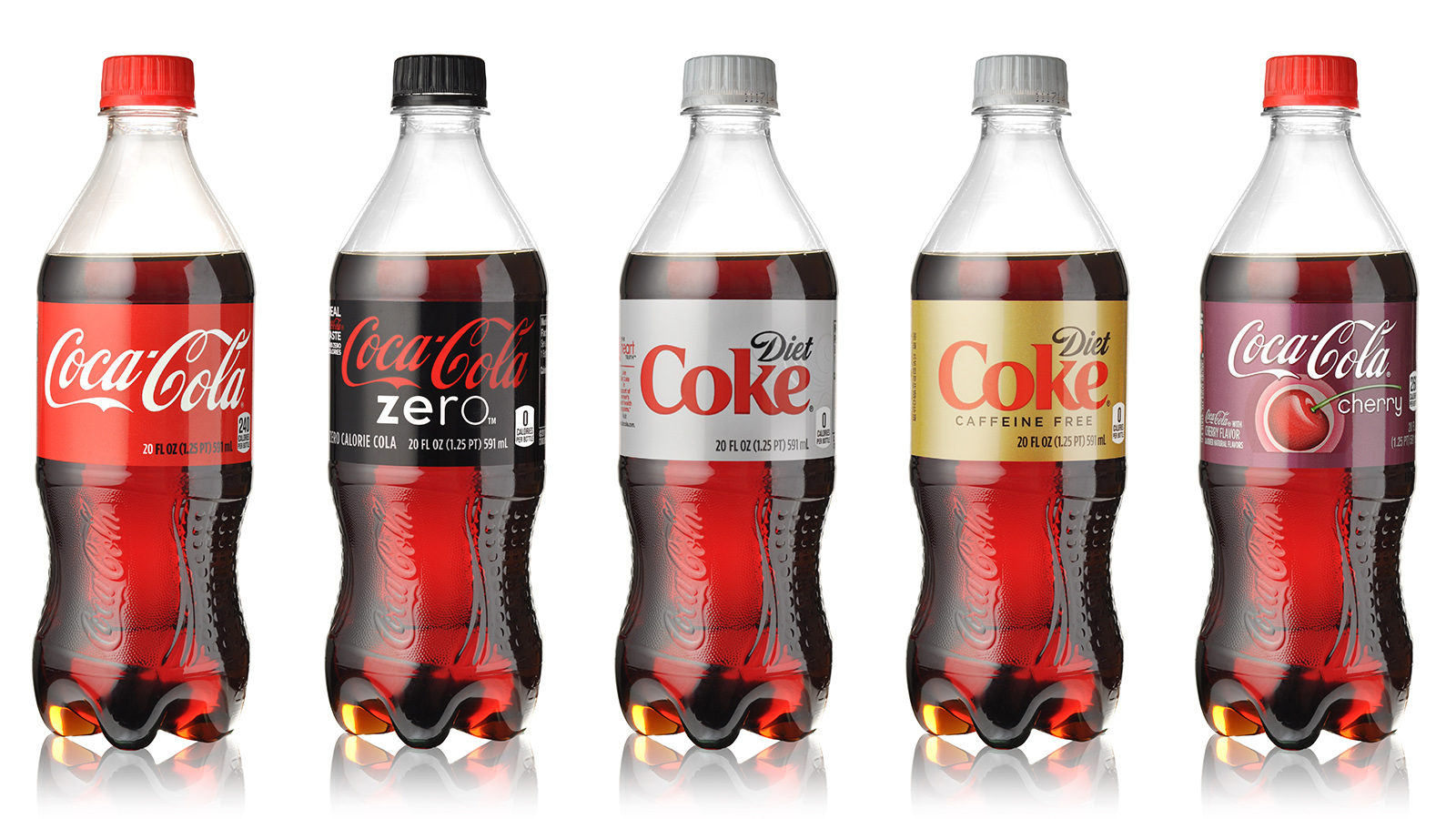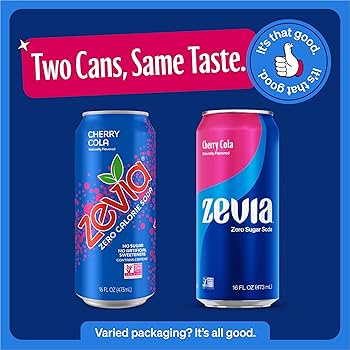Smart Ways to Enjoy Coke Zero vs. Diet Coke: Find Out the Best Choice for 2025

In recent years, the popularity of low-calorie drinks like Coke Zero and Diet Coke has surged among health-conscious consumers. These two sugar-free sodas are staples in many households, each offering a unique taste and ingredient profile. In this article, we’ll delve into the differences between these two iconic beverages, including aspects such as calorie count, taste preferences, and health implications, to help you determine which drink best fits your lifestyle and dietary needs for 2025.
Understanding Calorie Count in Sugar-Free Soda
When choosing between Coke Zero and Diet Coke, a significant aspect to consider is the calorie count. Both options are marketed as low-calorie drinks, but understanding the nuances is essential. While Coke Zero is formulated to taste more like traditional Coca-Cola, it claims to be “zero-calorie,” targeting consumers looking to eliminate calorie intake while enjoying cola flavor. In contrast, Diet Coke has a distinct flavor profile that separates it from its counterparts, often catering to a demographic that prioritizes specific taste over traditional cola flavors.
Comparative Nutritional Value
Both beverages boast a nutritional profile that includes virtually zero calories, making them popular choices for low-calorie drinks. However, the key differences lie in the ingredient list. For instance, Coke Zero typically features a combination of aspartame and acesulfame potassium as sweeteners, creating a taste closer to real sugar. On the other hand, Diet Coke primarily uses aspartame alone, resulting in a slightly different sweetness. Understanding these differences in ingredient composition is crucial for consumers who are mindful of health implications, especially concerning artificial sweeteners and metabolic effects.
Health Implications of Diet Sodas
The health implications of consuming diet sodas, including both Coke Zero and Diet Coke, have been subjects of extensive research and consumer discussion. Some studies link artificial sweeteners used in these drinks with concerns regarding metabolic health and cravings for sweet foods. Awareness of sugar substitutes and their effects on well-being is critical. As we navigate through 2025, consumers are increasingly prioritizing health trends and innovations in beverage formulation that emphasize flavor without compromising on wellness.
In light of recent studies and consumer feedback, it’s essential to analyze the relationship between diet soda consumption and its potential health risks, leading to more informed decisions regarding beverage consumption.
Flavor Profiles: Taste Differences Explained
The flavor profiles of Coke Zero and Diet Coke significantly influence consumer preferences. Understanding these taste differences can aid in identifying which beverage aligns more closely with personal taste and refreshment choices. Coke Zero embraces a flavor experience that mimics that of classic Coca-Cola; its smoothness and sweetness resonate with those seeking a fuller cola experience. In contrast, Diet Coke, while retaining the same classic branding, offers a lighter and crisper taste that attracts a different demographic.
Conducting a Taste Test
A practical method for determining personal preference between these two drinks is conducting a taste test. Pour both drinks into unmarked cups and invite friends or family to taste without prior knowledge of which drink is which. This simple experiment can reveal fascinating insights into flavor preferences and can even be a fun gathering activity to highlight differences in consumer tastes. Document feedback based on sweetness, aroma, and aftertaste, allowing participants to truly engage in the beverage comparison.
Brand Loyalty and Consumer Trends
Brand loyalty plays a significant role in consumer choices regarding soft drink brands like Coca-Cola. Many individuals have strong attachments to either Coke Zero or Diet Coke based on their historical consumption trajectories, marketing strategies, and social influences. Understanding how brand impact shapes consumer behavior can provide insight into future trends and advancements in the soft drink industry.
Marketing Strategies and Consumer Preferences
In the competitive landscape of the beverage industry, soda marketing plays a pivotal role in influencing consumer choices between Coke Zero and Diet Coke. Each brand employs distinct promotional activities, often targeting different clientele with unique marketing pitches and advertisements. For instance, Coke Zero tends to focus on youthful energy and flavor experiences, while Diet Coke often highlights health-oriented messaging. Recognizing these marketing strategies can enhance understanding of momentum in soft drink consumption patterns.
Packaging Impact on Purchase Decisions
Packaging is another vital factor in consumer preferences for these soft drinks. Bright colors, distinct labels, and innovative product packaging can heavily influence initial impressions and subsequent purchase decisions. Moreover, packaging that promotes sustainability resonates more with environmentally-conscious consumers, impacting product positioning in the market. Research indicates that visually appealing packaging can evoke emotional responses, leading buyers to associate positive energies with their chosen beverage, ultimately impacting brand loyalty and decision-making.
Differentiating with Seasonal Flavors
Introducing seasonal flavors can also play a role in setting Coke Zero and Diet Coke apart within the competitive market. Seasonal release strategies keep interest high among dedicated consumers and may introduce limited-time offerings that appeal to consumer insights derived from past data. Expanding flavor varieties not only lays the groundwork for consumer exploration but also enhances brand loyalty through engagement and excitement with new product launches.
Key Takeaways
- <Coke Zero aims for a taste closer to classic Coca-Cola, whereas Diet Coke offers a distinct and lighter profile.
- Both drinks present advantages as calorie-free options, but consumers should be aware of different ingredient compositions.
- Brand loyalty significantly influences consumer choices alongside effective marketing strategies.
- Seasonal flavors and attention-grabbing packaging contribute to the ongoing evolution of these beverage brands.
FAQ
1. What sweeteners are used in Coke Zero and Diet Coke?
Coke Zero uses a combination of aspartame and acesulfame potassium, while Diet Coke primarily contains aspartame. Each sweetener contributes to the unique flavor profile of these beverages, impacting consumer preference and taste satisfaction.
2. Are Coke Zero and Diet Coke gluten-free?
Both Coke Zero and Diet Coke are gluten-free, making them suitable refreshment choices for individuals with dietary restrictions concerning gluten.
3. Which drink has more caffeine, Coke Zero or Diet Coke?
Diet Coke typically contains more caffeine per ounce compared to Coke Zero. Consumers seeking a caffeine boost should check the specific caffeine content listed on the product packaging to make an informed choice.
4. How do Coke Zero and Diet Coke affect weight management?
Both beverages are marketed as low-calorie drinks, which may assist in weight management compared to sugary alternatives. However, individuals should be aware of the wider health implications associated with long-term consumption of artificial sweeteners.
5. Can you mix Coke Zero or Diet Coke with alcohol?
Both Coke Zero and Diet Coke can be used as mixers in cocktails, providing a fizzy and flavorful component to many drink recipes, expanding possibilities for social drink options.
